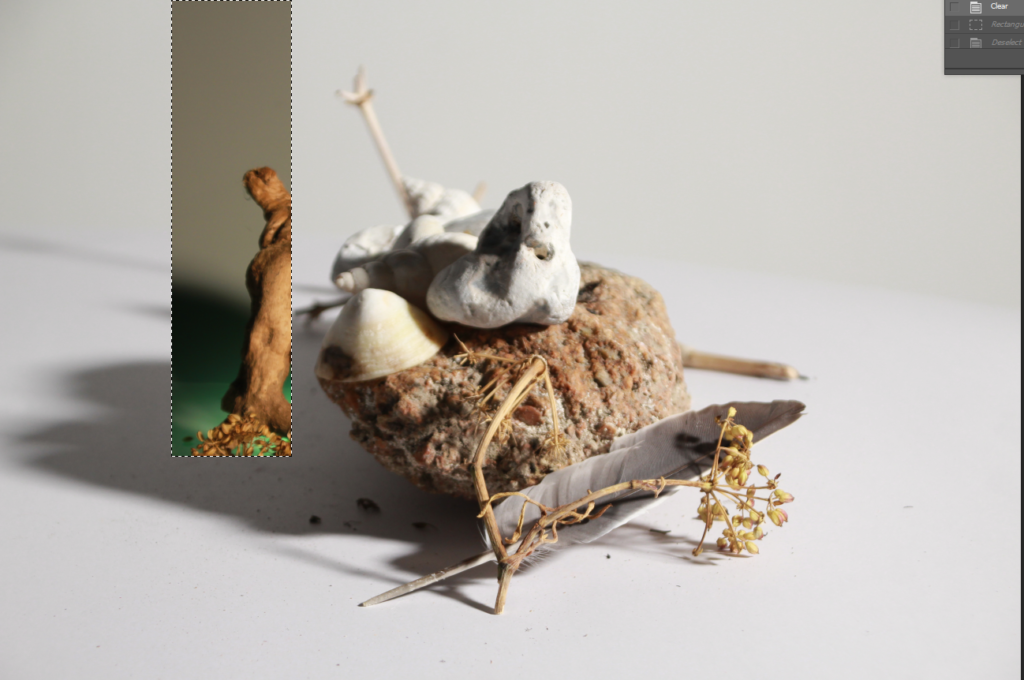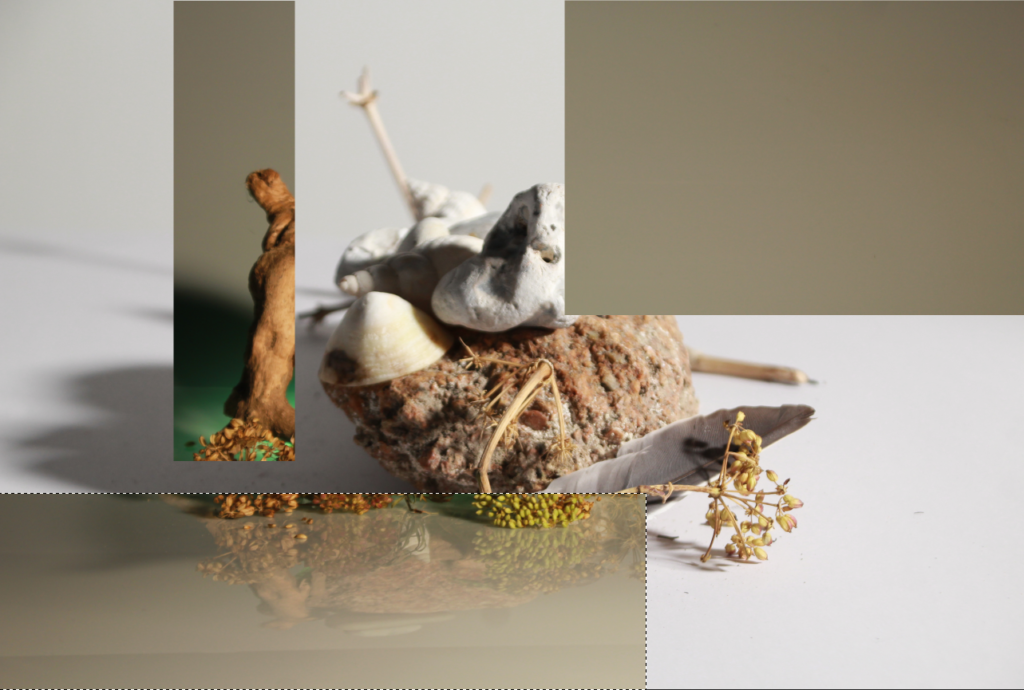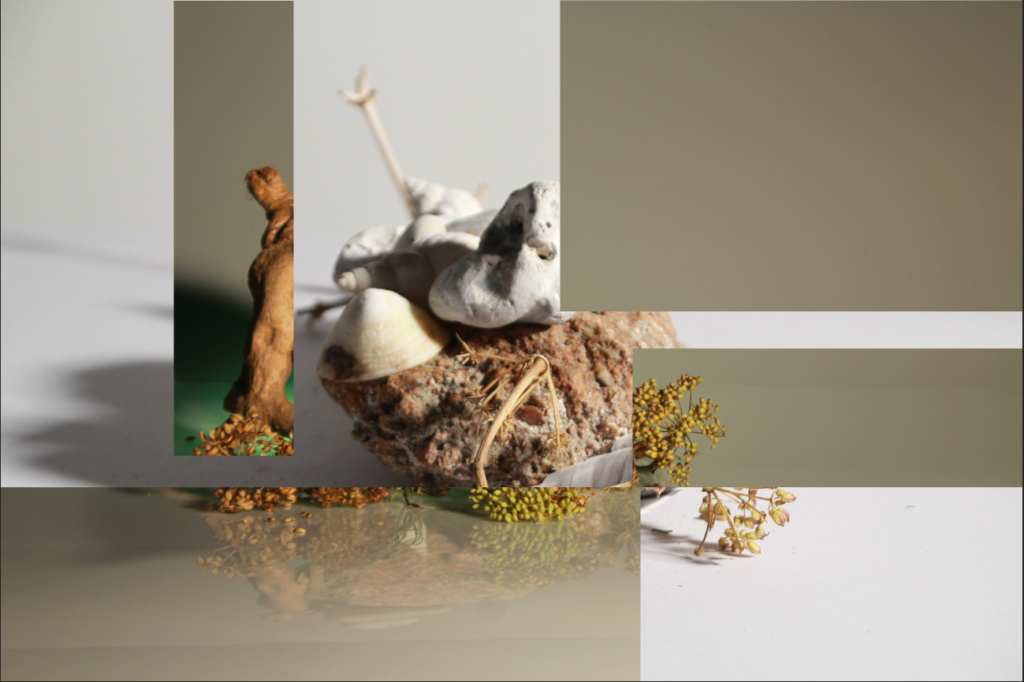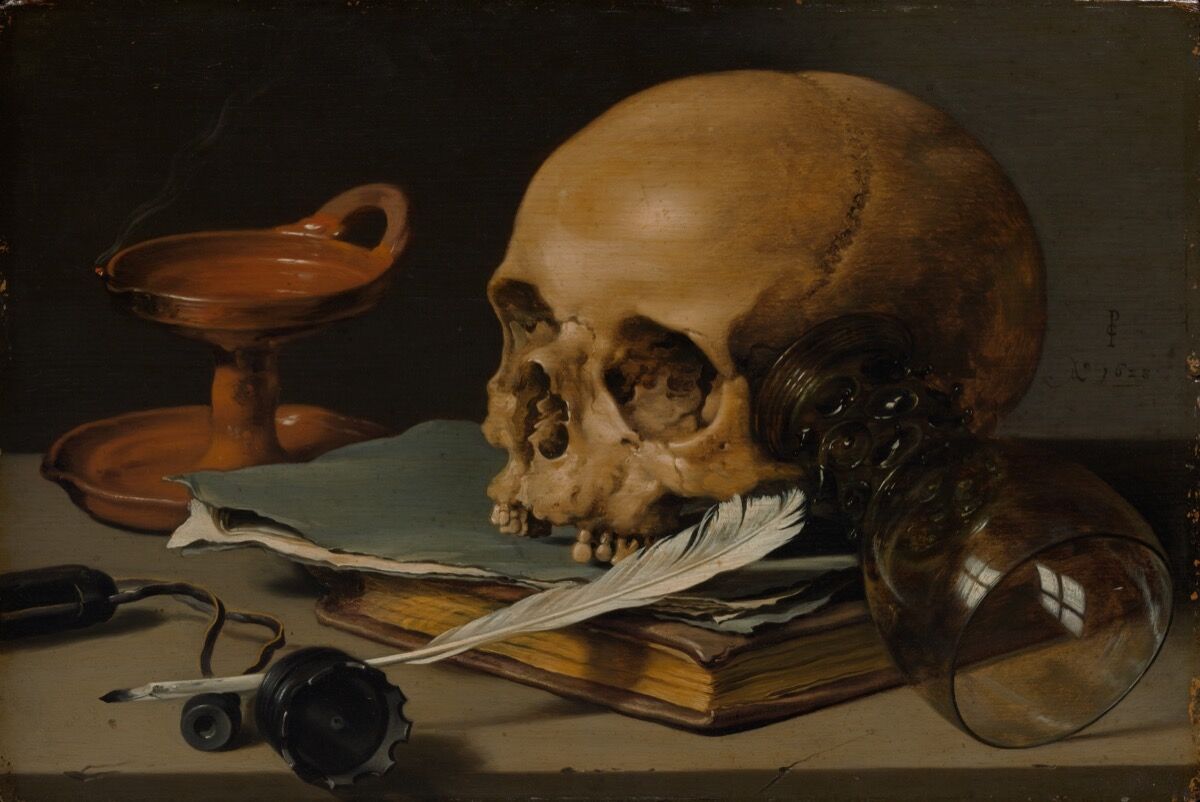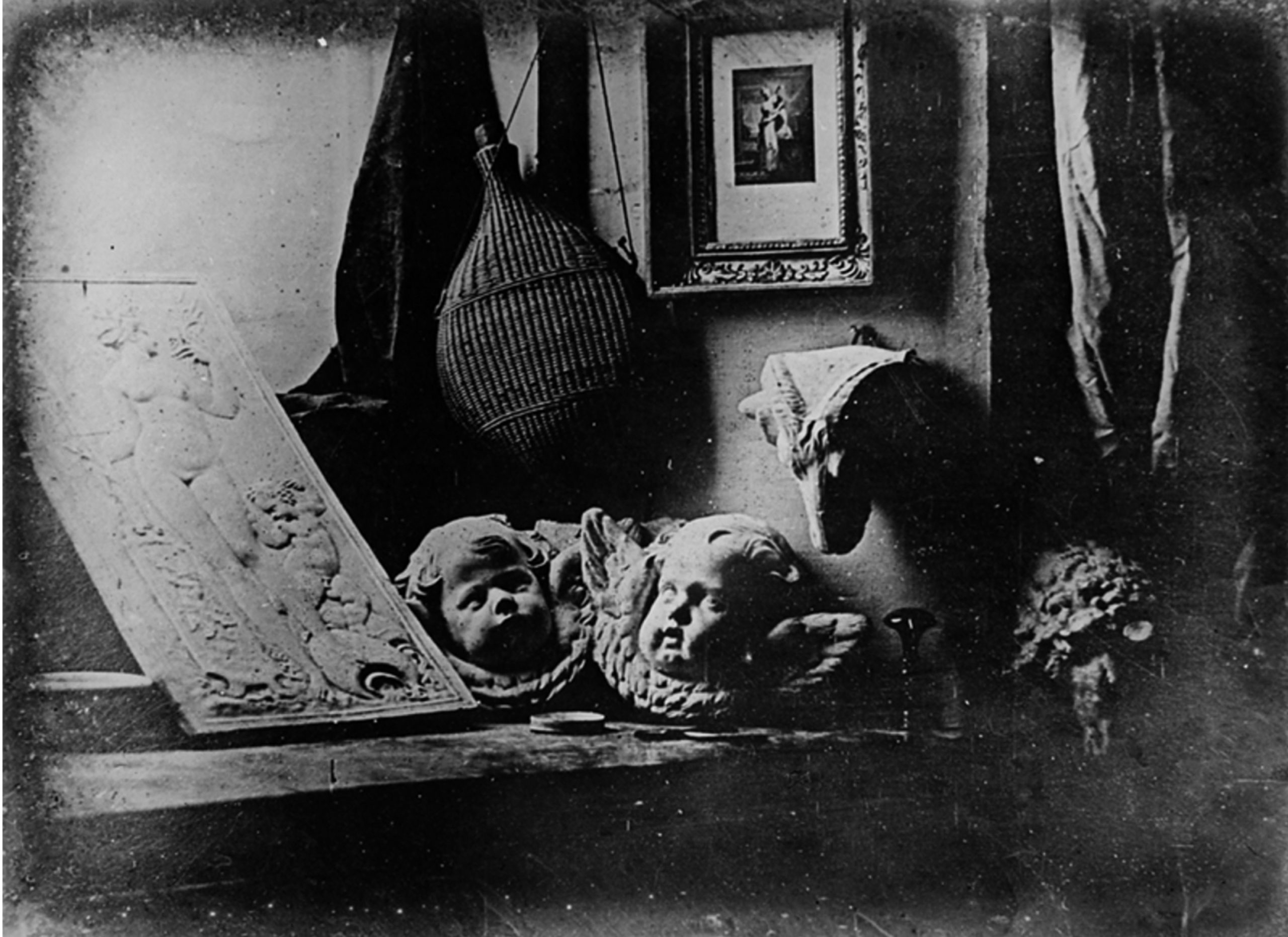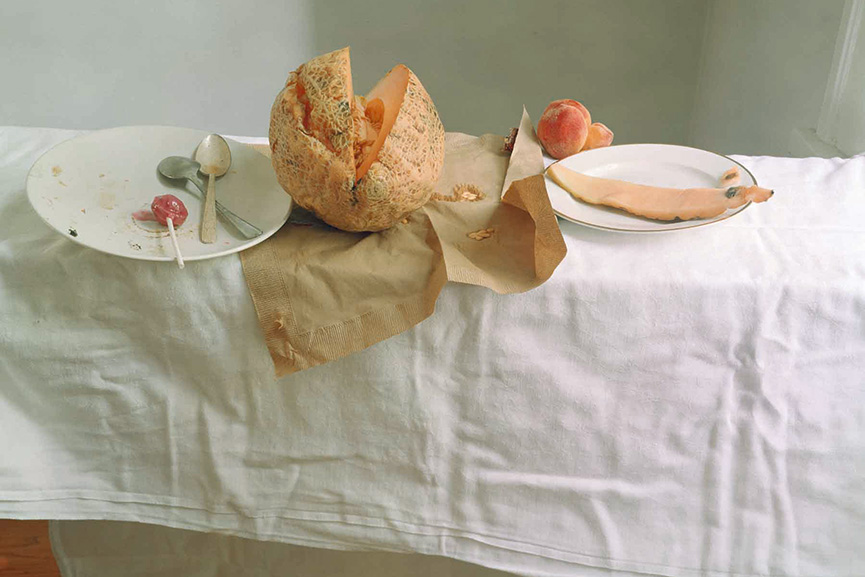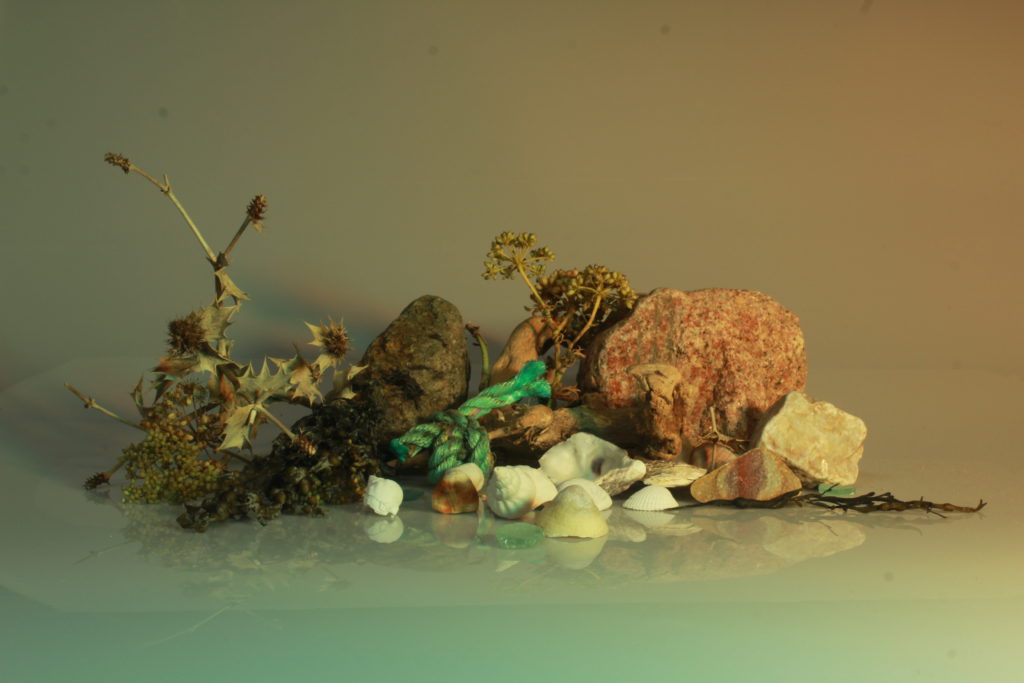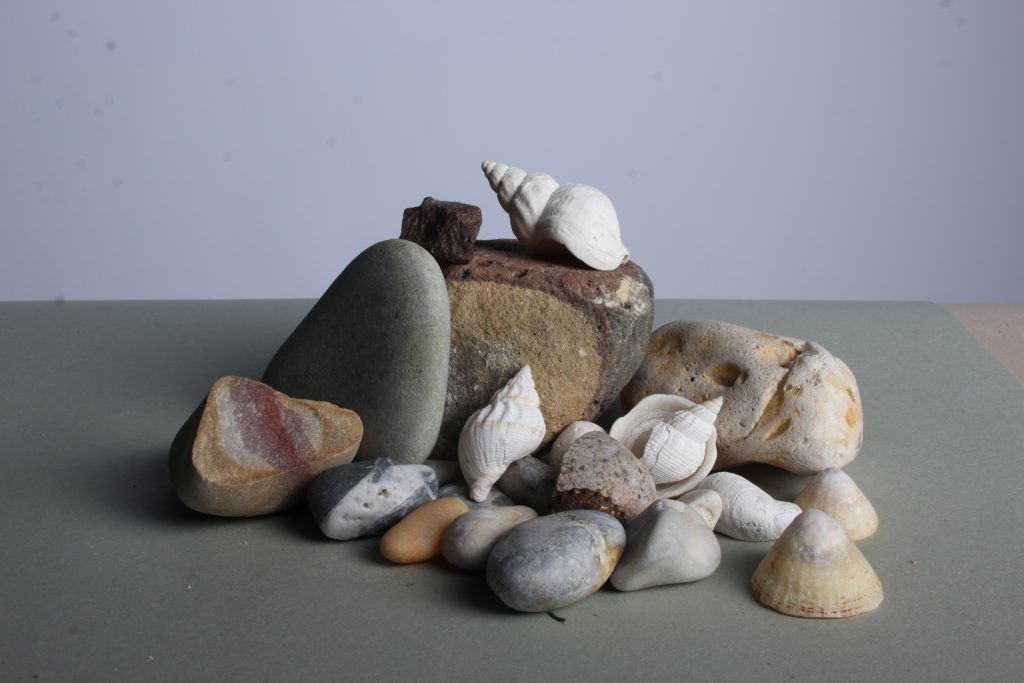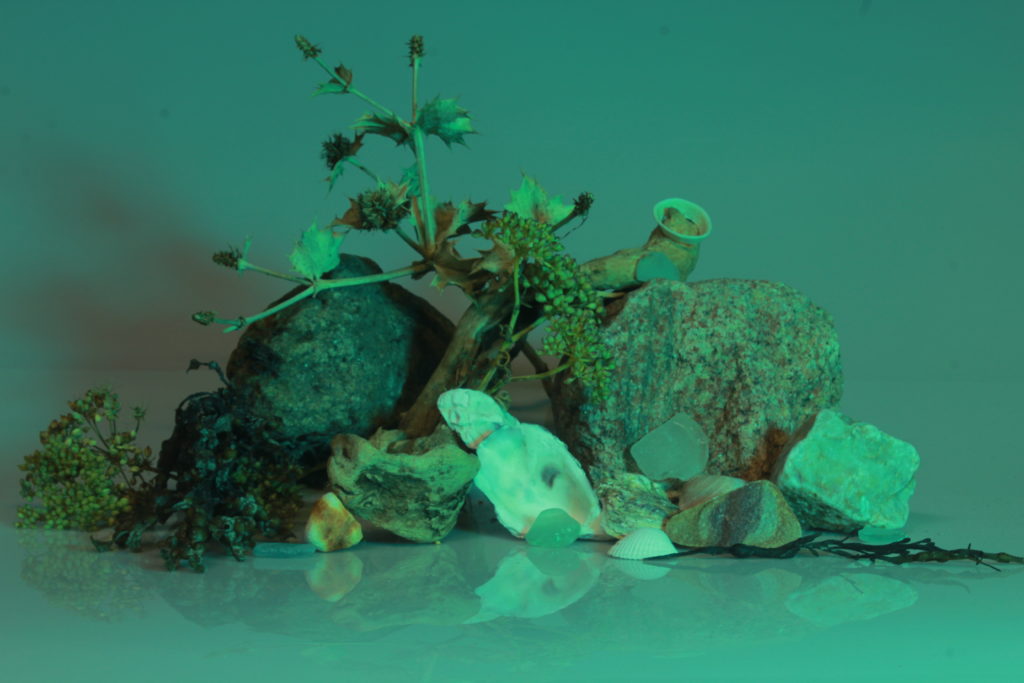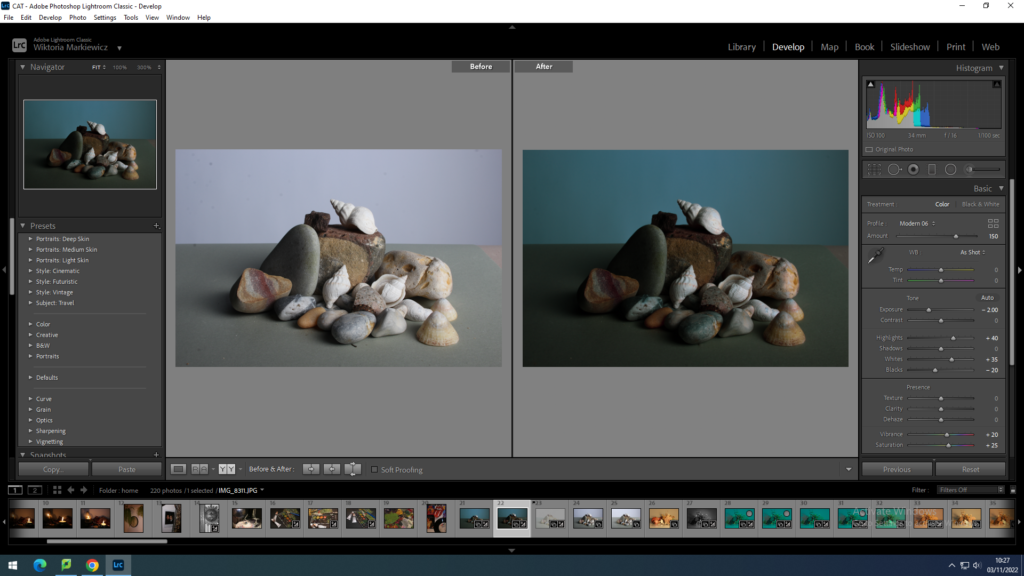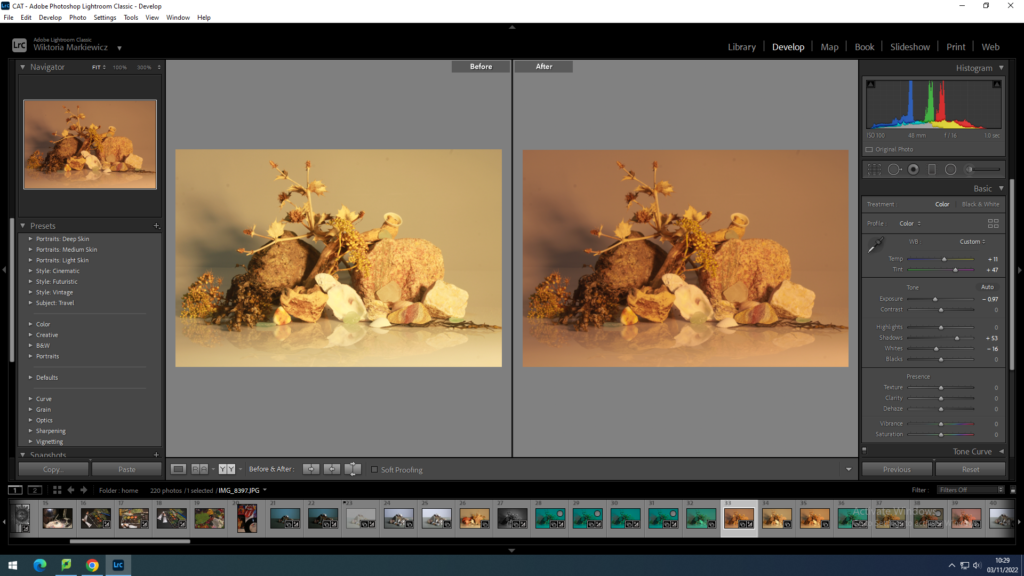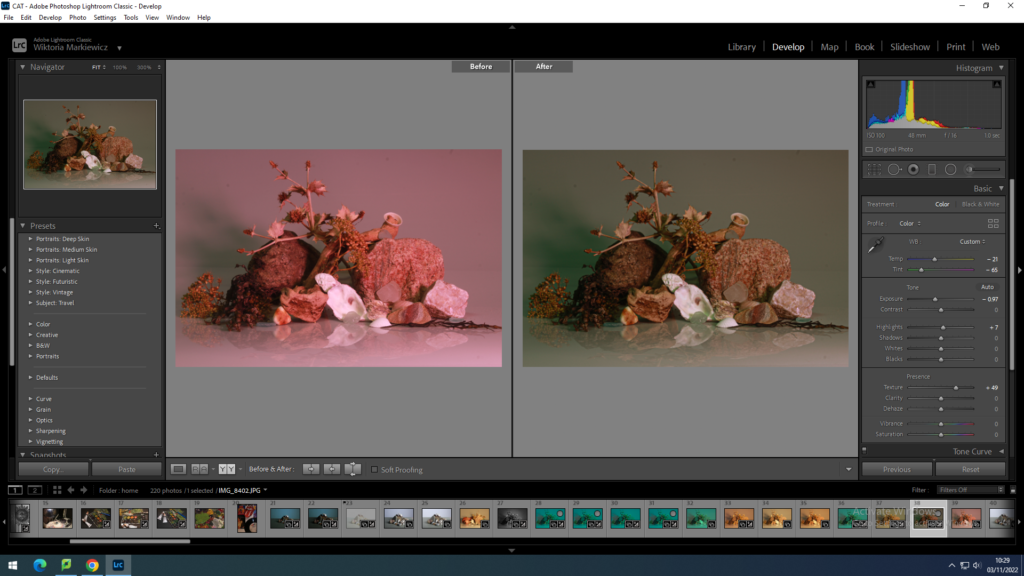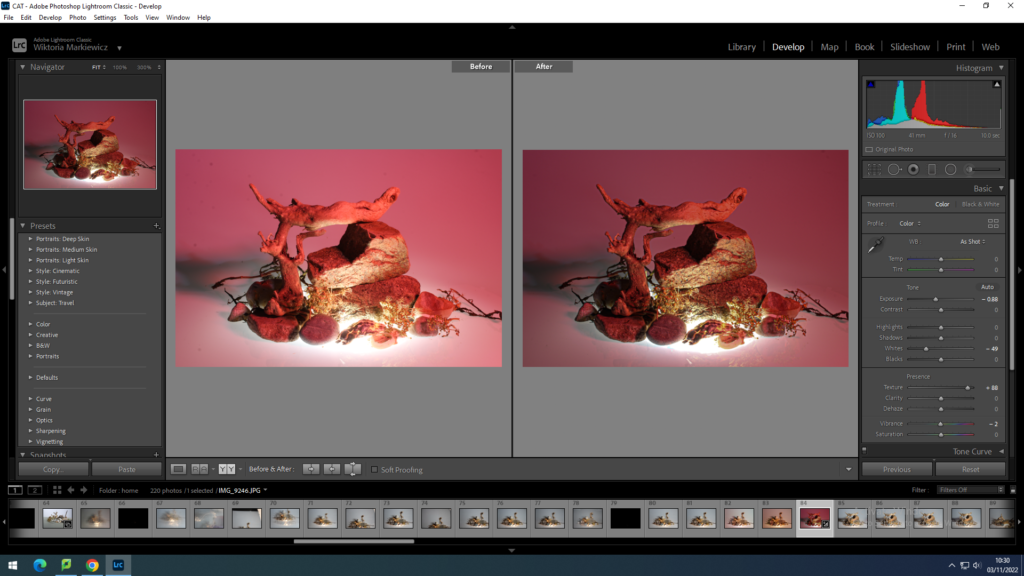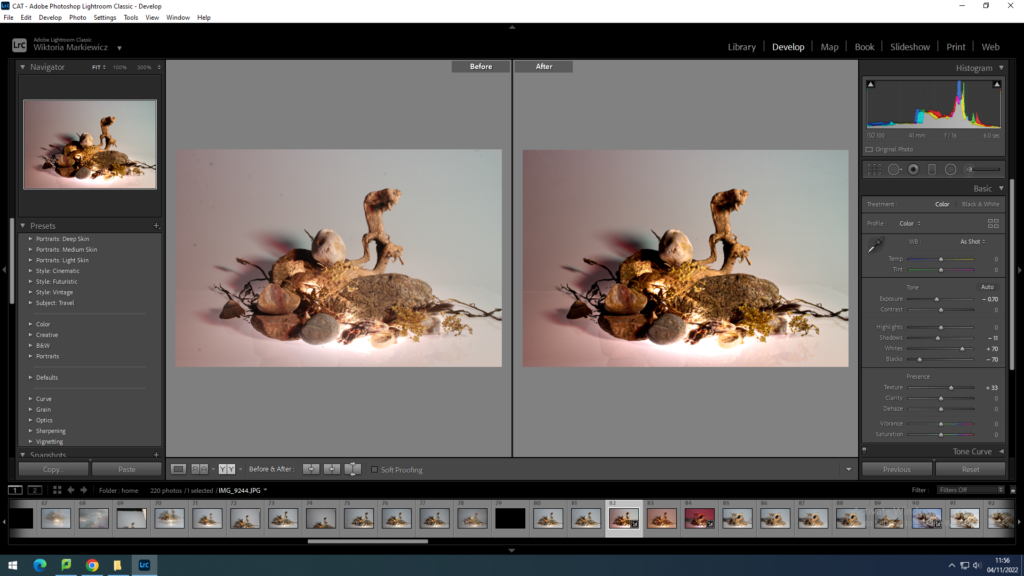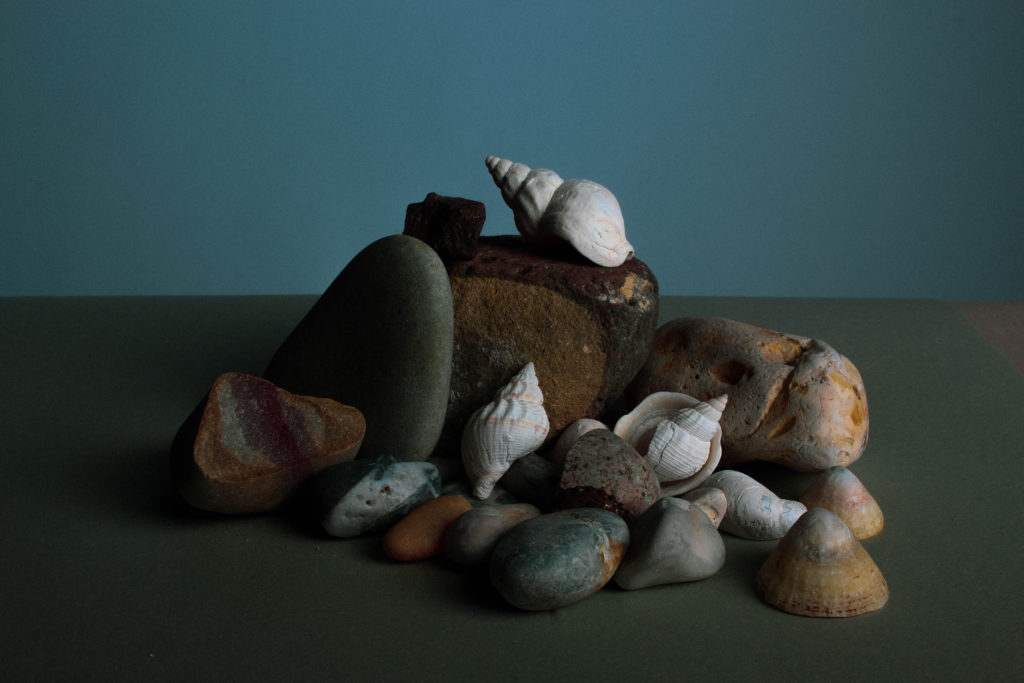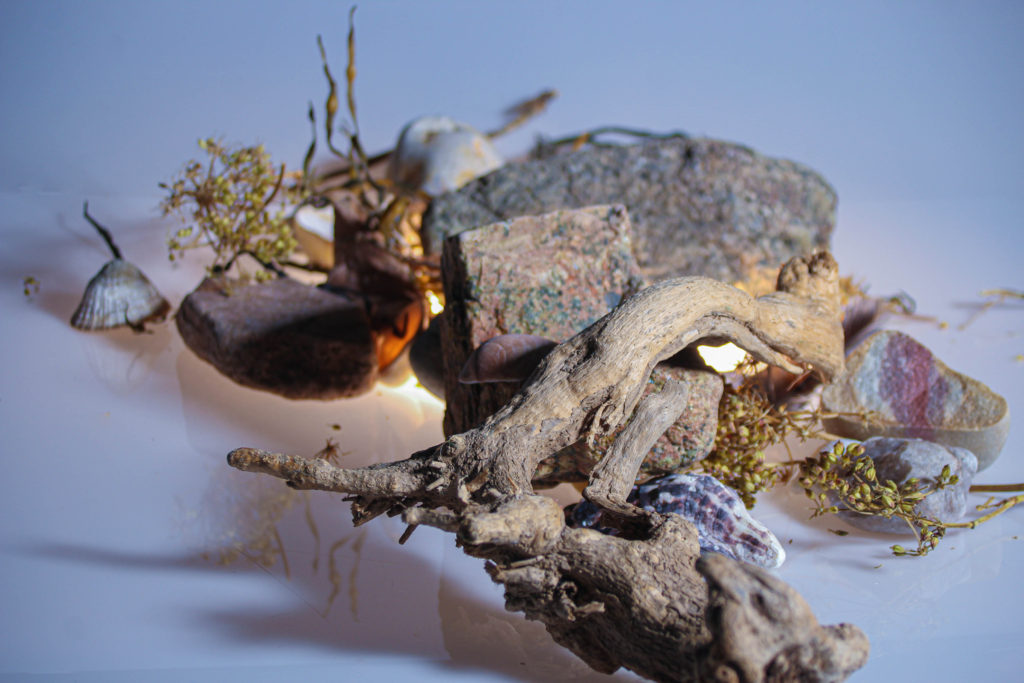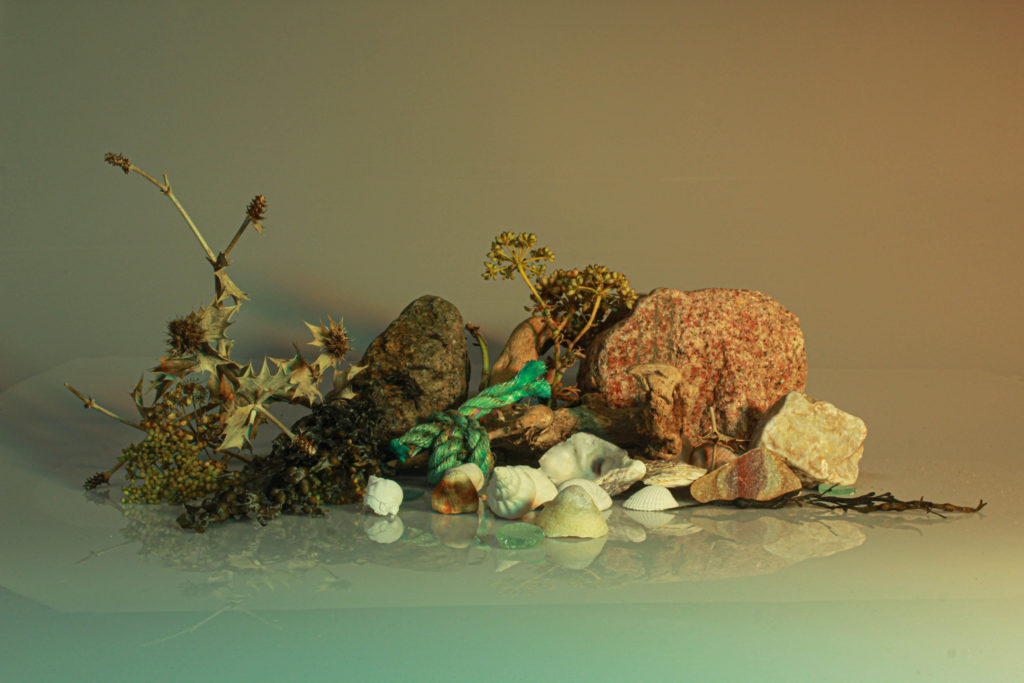What is it:
Photography is writing with light, as well as going through the process of taking and developing or processing an image.
A few examples:
In this image Shrunk and Kender have captured a man falling from a building or ‘leaping into the void’. The image is very intriguing as it makes you think what has made the man jump from the building. I think the image had quite a dark sense behind it which is what makes the image so catchy.

In this image by Broomberg and Chanarin it is unclear what the image is and is telling us, which allows for the viewer to make up their own background story of it. Once you do some research you will find out that the images is about war in Afghanistan. This allows the viewer to further read into the image discovering deeper meaning and back stories to the image.
camera obscura:
Camera obscura consists of a room with a box that has a tiny hole in one of the sides. Light will reflect from the natural world and will project an image from outside the box on to the opposite surface as shown in the image below.

This method of photography is still used in the modern world by some photographers all over the planet.
Nicephore Niepce:
Joseph Nicephore Niepce was the first person to make a permanent photographic image, and is commonly known to people for inventing photography. He invented the Niepce Heliograph in 1827, it was the process of the earliest photograph and was created with camera obscura. He was one of the most important figures in the photography industry and is still widely remembered to this day.


Louis Daguerre and daguerreotype:
Louis Daguerre was a French artist and photographer who helped develop photography with his invention of the eponymous daguerreotype process of photography which was the first practical process ever to be invented in 1839. Daguerre had an interest in lighting effects which is what brought his towards photography as he was a painter. He began by exploring with translucent paintings and different effects that were given off by light.


Henry Fox Talbot:
Henry Fox Talbot was famously known in 1841 for the development of the calotype, which was a further developed version of Deguerre’s daguerreotype. His process is where you have a sheet of silver chloride coated paper that was exposed to light in a camera obscura, the areas that were I the line of light then became darker in their tone and produced a negative image.


Richard Maddox:
Richard Maddox was an English photographer and physician who invented the dry plate, a glass plate coated in gelatin. It was an improved type of photographic plate that was greatly developed in 1871, so much that a factory that made them was established. From his invention smaller hand held cameras were able to be made.


George Eastman:
George Eastman was an American entrepreneur who introduced the kodak camera in 1888, which helped promote amateur photography, widely. He create the Kodak which is still used all over the world to this day.
Kodak (Brownie):
The Kodak was a series of cameras made by George Eastman in the 1900s. It consisted of a cardboard box with a simple camera and roll film inside, it was widely loved as it allows middle class people to take images of their own with the Kodak brownie dollar box. The camera had a single shutter speed and narrow apertures which allowed for a deep depth of field creating a simple image.

Digital Photography:
Digital photography uses a camera that contains many electronic photodetectors which produce an image from a lens. There are two types of digital images. Vector and raster.
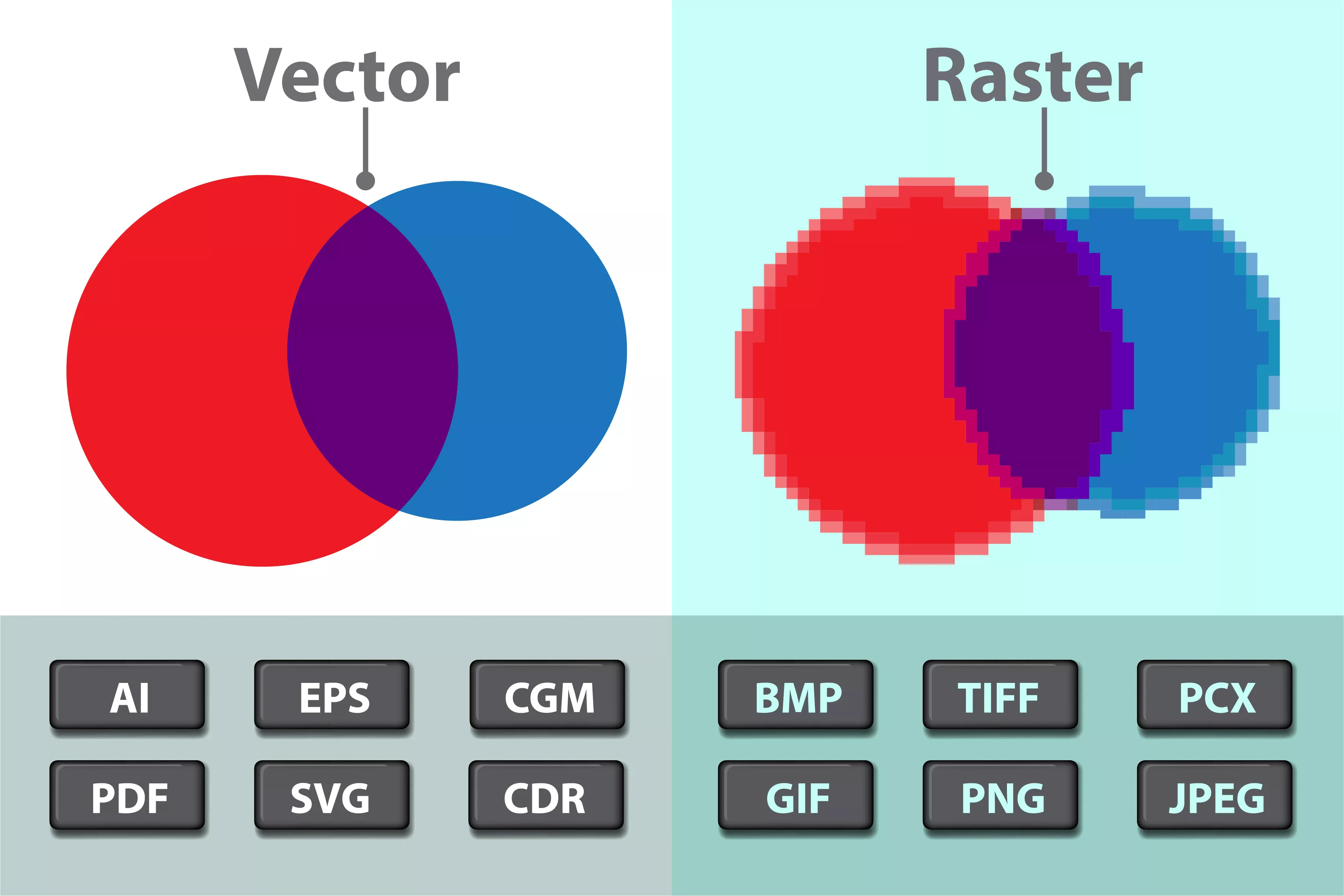
Vector:
Vector images are created by using a sequence of commands through a computer. It places lines and shapes to create the image. These images are either a graphic artists work, or a file and are saved as as a sequence of vector statements, compared to raster images they are very clear and sharp.

Raster:
Raster images are are images made up of hundreds of tiny pixels, laid out in coulombs and rows. Each pixels contains different information and a colour to make the image piece by piece that depends on the image and its angle.

Ernest Baudoux:
Ernest Baudoux was a French born Jersey prolific photographer, and was from 1869 to 1887. He mainly focused on island houses and made a living as a portraitist as well as documenting the life of Jersey outdoors from 1870 to 1880. Many of his images that still exist are known as carbon printing, which means that images have a metallic-like finish. Baudoux was the first significant chronicler of the island life in images that was later taken over by Albert Smith.


David Campany’s book:
Campany’s book is focused on the quote ‘photographs confuse as mush as fascinate, conceal as much as reveal, distract as much as compel. They are unpredictable communicators’. His book contains 120 photographs from various photographers where by he explains the images history and meaning behind the image, as well as contextualising is with the visual culture.
When explaining his quote he says ‘If a photograph compels, if it holds our attention, it will be for more than one reason. The reasons may be unexpected, and even contradictory (mixed feelings are often the most compelling). When we are drawn to look at a photograph again and again, it is likely that our second or third response will not be quite the same as the first‘. This means images may have multiply different meaning that are only seen when we look deeper into image many times, ‘They cannot carry meanings in any straightforward way‘.

